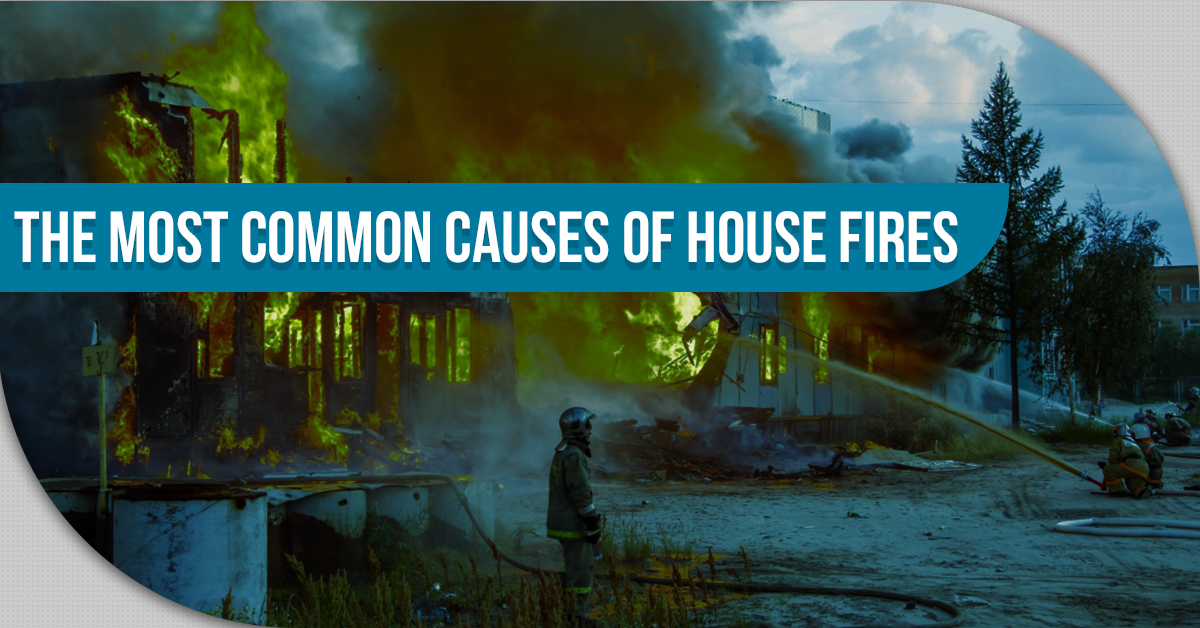The Most Common Causes Of House Fires – Part 2
- Home
- The Most Common Causes Of House Fires – Part 2
The Most Common Causes Of House Fires – Part 2

Hello, and welcome back to our blog here at Safe Investment Home Inspection. This is part two of our blog series about common causes of house fires. This time, we’re going to talk about the classification of each type of fire, as well as the most common causes of each type and how to prevent them. Keep reading to learn more.
Classes of fire
In order to prevent or fight a fire, it’s important to note that there isn’t just one class of fire. Depending on what class of fire you’re dealing with, it could be treated in a different way. However, the ultimate way to fight fires is to prevent them in the first place! Keep reading to learn more about fire classification.
Class A Fires
A class A fire is one that is caused by combustibles like wood, paper, trash, and anything else that will leave ash. Some of the most common causes of these fires include candles, cigarettes, or matches. Monoammonium phosphate is the most common chemical used to fight these fires because of its ability to smother a fire.
Class B Fires
Class B fires are caused by chemicals such as cooking liquids, gasoline, or paint. Monoammonium phosphate will help smother the fire and sodium bicarbonate contains chemicals that will also help extinguish the fire.
Class C Fires
A class C fire is one that’s caused by a short circuit, power cord damage, overloaded outlets, or faulty wiring. Essentially, any place where an electrical wire or another component like an outlet is present, there is potential for a class C fire. These can often be mistaken for cooking-related fires because they can occur in the electrical components of cooking equipment, however, cooking-related fires refer mainly to human error, misuse of cooking equipment, or something is faulty with the cooking equipment itself.
The main problem with class C fires is that they can’t be treated with water. Since water conducts electrical currents, using water or a water-based foam to treat these fires would only make them worse. In order to prevent this type of fire, you need to have your electrical components checked regularly by a certified home inspector. A home inspector will ensure that your electrical components are up to code and there’s no potential for a fire to start. Another thing you can do is ensure that you have a class C fire extinguisher on hand. If you’re not sure what type of fire extinguisher you have in your home, make sure you speak with a professional immediately.
Class D Fires
Class D fires are less common combustibles including magnesium, lithium, and titanium. These fires require special dry powder agents found in dry powder fire extinguishers. These smother the fire and eliminate the oxygen within it, in addition to absorbing the heat. This type of fire can be hazardous because most people don’t know how to effectively stop them from spreading.
Class K Fires
Class K fires burn a lot hotter than other fires due to the fact that they’re caused by cooking oils, like vegetable oil, olive oil, butter, lard, or bacon grease. Class K fire extinguishers will turn cooking oil into a non-flammable soap that will also reduce the heat of the oil.
Contact Safe Investment Home Inspections
Ultimately, the best way to fight a fire is to prevent it in the first place. If you’re a new homeowner or you’ve never had a home inspection before, now is the time! We won’t just inspect your home for fire safety, however. We will perform air quality testing, mold inspections, radon measuring, thermal imaging, fire safety inspections and much more. If you’d like to learn more about our home inspections in Denver, contact us today.



